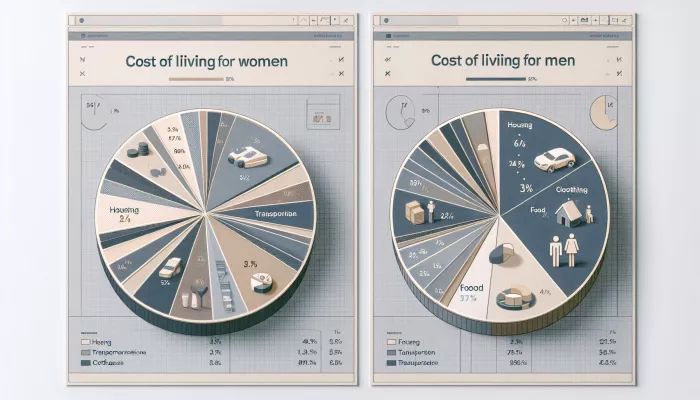
Lie detectors discover the truth right now.
Lie detectorsalso known as polygraphsThese are devices used to identify the veracity of a statement by measuring various physiological responses of the body.
A lie detector is based on the premise that a person who is lying will experience physiological changes.
This can include an increase in blood pressure, pulse, sweating, among other things. The detector monitors and records these changes while a series of questions are asked of the person being tested.
When someone lies, there is a conflict between telling the truth and lying. This conflict provokes a response from "fight or flight" in the body.
However, the effectiveness of lie detectors is a matter of controversy among experts.
While most agree that they are a significantly better method of lie detection than human judgment, critics argue that they are not entirely accurate and can be manipulated.
Although lie detectors are a valuable tool when used correctly, they are not infallible and should be used with caution.
Knowing how lie detectors work and how they measure truthfulness can help you gain a deeper and more accurate understanding of their use.
Do more in-depth research on lie detectors and how they work by visiting https://www.apa.org/research/action/polygraph
First of all, lie detectorsPolygraphs, also known as polygraphs, are tools that can be used in a variety of situations where the truth is crucial.
This type of technology is often used in legal proceedings, criminal investigations or even in certain job selection processes.
Remember that using these tools requires adequate training and understanding how they work. Here are some tips for using them correctly:
A lie detector is expected to be able to identify physical indicators of stress, such as changes in blood pressure, heart rate, or galvanic skin responses.
It is therefore important to remember that there are no clear physical indicators of lies.
Each person reacts differently when they are lying, so the results should be interpreted with caution.
Nowadays, there are several apps and websites that claim to be able to detect lies.
Some of them use voice analysis algorithms, others use typing dynamics or even facial expression analysis.
Therefore, the effectiveness of these tools is still questionable and does not replace the assessment of a trained professional.
Over the years, the lie detectors have been the subject of several debates, fueled by misunderstandings and misinformation.
To clarify what's true and what's a myth, we've compiled a list of some of the most common claims about lie detectors.
Although lie detectors may be a useful tool, they are not infallible.
There are several factors that can influence the results, including nervousness or anxiety, and the competence of the test operator.
This is a true fact. Lie detectors, or polygraphsThey measure various physical readouts, such as skin perspiration, blood pressure, heart rate and breathing.
An amplified physiological reaction to a question can indicate that the interviewee is being dishonest.
The intentional use of countermeasures, such as altering breathing or blood pressure to trick the polygraph, can result in a false readout.
This reinforces the need for a highly qualified and experienced test operator.
Lie detector tests can therefore play an important role in police investigations.
Despite their limitations, they can still provide useful information when used alongside other forms of evidence and research methods.
Above all, to find out more about lie detectors and how they work, visit the links to the apps and websites we have provided.
Finally, remember, it's important to use these tools with awareness, bearing in mind their limitations and possible applications.